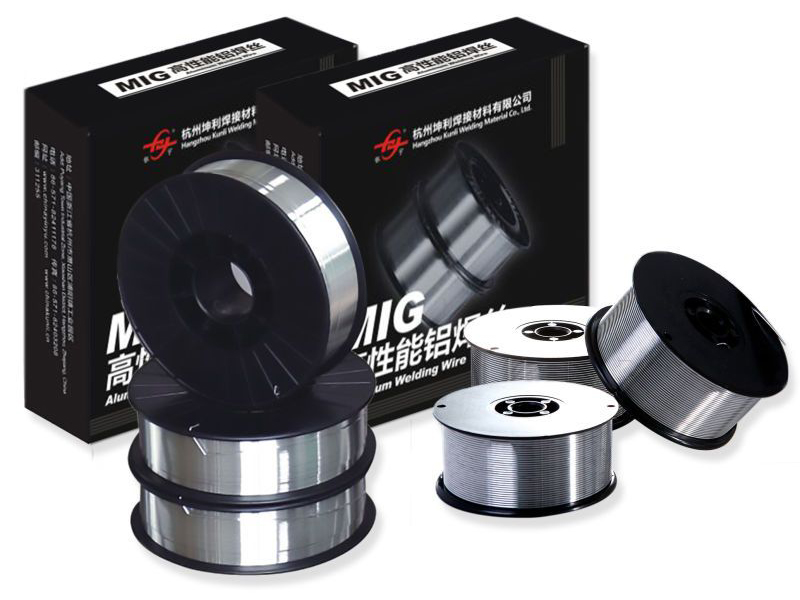5 Essential Tips for Choosing and Using Aluminum Welding Wire
Aluminum welding wire is a versatile material that has many applications. It can be used to make everything from sheet metal, plastic pipe and fittings to even heavy-duty industrial equipment. The most important thing you need to know about aluminum welding wires is their melting point: the temperature at which they become soft enough for easy manipulation without breaking or cracking. This article will cover five tips that will help you choose the right type of aluminum welding wire for your project as well as some helpful information on how to use it safely and efficiently!


1. Know the difference between aluminum welding wire and aluminum tubing.
Aluminum welding wire is made of a high-quality aluminum alloy and has been designed to weld two pieces of metal together. It can be used for joining aluminum and other metals, but it's not recommended for structural applications because it's too soft. Aluminum tubing is used for structural applications because it has more strength than standard aluminum sheets (which are also known as extrusions), but it isn't usually used in welding applications due to its lack of toughness and flexibility.
2. Think about the diameter of your project when choosing an aluminum welding wire.
When you're choosing an aluminum welding wire, think about the diameter of your project. The thickness of the metal you are welding and the size of your project will determine which type of aluminum welding wire is best for you. For example, if you want to weld thinner gauges of metal or already know that your workpiece needs to be fit in tight spaces, then thicker gauges may be necessary.
For example: If I'm trying to weld 2" steel plate with 1/2" electrodes and I want my welds to have a minimum 22 ga flash point rating then my choice would be seamless or tubular links instead of ground cladding because it has greater strength along its length than solid rods or wires.
3. Choose a wire that's easy to manipulate for different applications, like sheet metal or plastic pipe.
Use a wire that is easy to manipulate for different applications.
4. Look for a wire that has a high melting point to reduce cracking and stripping in the weld joint.
Most aluminum welding wires have a melting point around 1,500 degrees Fahrenheit (770 degrees Celsius), which is about half of what you need to melt the metal at full capacity. You can get around this by adding other metals such as copper or zinc into your wire, but this will make it harder, so you'll need to use lower amps on your power source when using these types of welders.
5. Use welders, not welder's rods, with aluminum welding clamps or rod holders designed specifically for them.
When you're using aluminum welding wire, it can be tempting to use welder's rods with your clamps or rod holders. However, these tools were not designed for this purpose and pose a risk of damage and injury if used incorrectly.
Instead, use welders--such as the ones that come with most standard welders (see below). These tools are specifically designed for aluminum welding wire, so they'll work efficiently and safely in your project.
Aluminum welding wires are versatile and can be used in many applications.
They are particularly well suited to welding or braze aluminum, copper, brass and bronze.
We hope we've given you some insight into aluminum welding wire and how to choose it. While it might seem like a simple process, there are a lot of factors to consider for your project—and these tips will help ensure that the end result is exactly what you want!
PREV:Aluminum Alloy Wire Emerges as a Game Changer in the Electrical Industry
NEXT:Can you weld 6061 aluminum with 4043 wire?
NEXT:Can you weld 6061 aluminum with 4043 wire?
 English
English Deutsche
Deutsche
 English
English Deutsche
Deutsche













